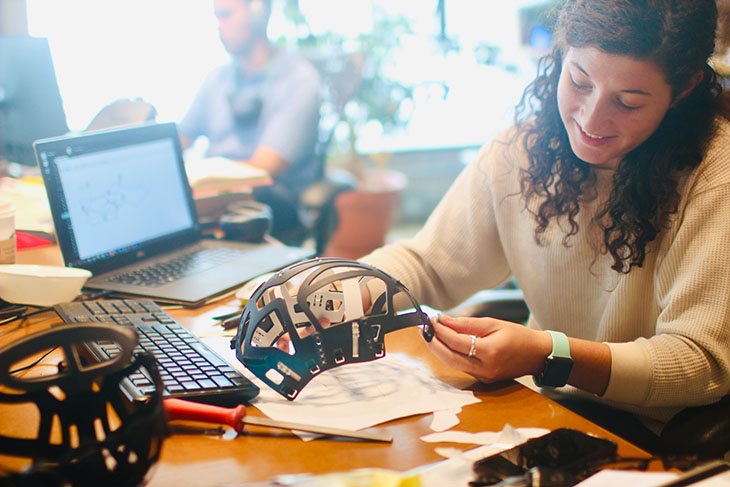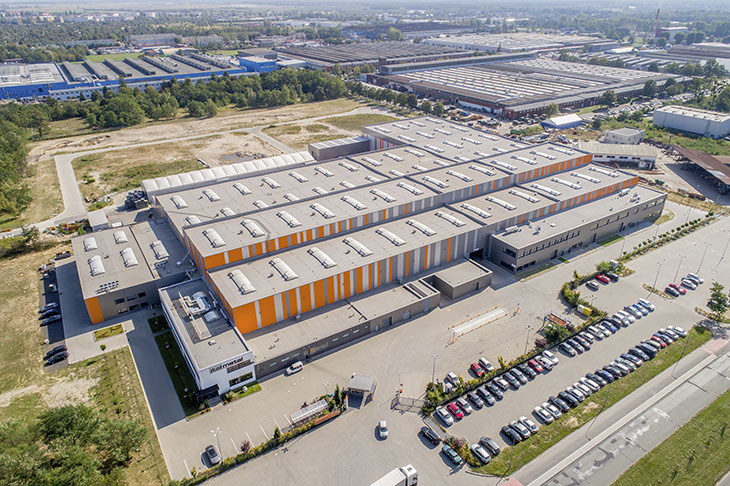Product development is an essential but often inefficient and expensive process for manufacturers. Creating a new product allows you to capitalize on a new market and boost revenue, but if R&D takes too long, it limits that opportunity. By the same token, optimizing the development lifecycle will yield improvements across the entire organization.
Manufacturers should seek to accelerate R&D timelines as much as possible, but this speed shouldn’t come at the expense of product quality. Here are five ways you can ensure your development process supports both sides.
1. Implement AI in Research and Design
Artificial intelligence (AI) is one of the most helpful technologies for streamlining product development. Digital champions — companies that use AI and data analytics more extensively — have far more effective development pipelines. Almost a third of these companies earn more than 30% of revenues from new products within two years of introducing them.
AI models can analyze consumer trends to see what kinds of products perform well or what market niches may be underserved. These insights inform product types and designs that will likely achieve better results.
You can also use AI tools to help design new products. AI-assisted CAD programs can automate parts of the digital design process to optimize product layouts and reduce repetitive, manual tasks. You can then bring new products to market in less time, accelerating ROIs.
2. Use 3D Printing or Die Cutting for Rapid Prototyping
Manufacturers can also improve product development by embracing a more efficient prototyping method. Die cutting and 3D printing are two of the best options for this process today.
3D printers significantly reduce waste because they add material instead of cutting it away. They’re also almost entirely automated once they have a design to work off of. Consequently, they’re both fast and cost-efficient, making them an ideal solution for rapid prototyping. Some models can cost tens of thousands of dollars, limiting their scalability, but smaller, more affordable options are sufficient for small-scale production like prototyping.
Die cutting is a more familiar process for many manufacturers and offers similar benefits. The process is easy to automate, fast and can create several parts simultaneously, so you can accelerate the prototyping process while minimizing the risk of human error.
3. Optimize Equipment Maintenance
Tools like dies and 3D printers are excellent resources, but their efficacy hinges on proper implementation. Maintenance is one of the most important yet easily overlookable aspects of their usage. A more efficient repair process will minimize the risk of costly errors and maximize machine uptime.
Dies will wear down over time, and a blunt die will increase production costs by producing more scrapped material. Setting a schedule to replace these after a certain number of service hours or parts produced to do so before they blunt will prevent these costs.
Predictive maintenance offers an even more efficient repair solution, albeit at a higher upfront cost. This strategy uses Internet of Things (IoT) sensors to alert employees when a machine needs repair. As a result, you can prevent equipment errors while minimizing maintenance-related downtime by avoiding unnecessary repair stops.
4. Design for Efficiency
Because product development affects future production, it’s important to keep the later stages in mind during the initial design phase. As you design new products, consider how their shape, layout and materials may impact manufacturing efficiency.
One of the best ways to design for efficiency is to consider how you can use existing machines, workflows and resources. You may be able to reuse old dies for some components or use materials that current products create a surplus of in their production. Looking for these areas will make it easier to manufacture new items while minimizing waste from existing ones.
Similarly, avoid using new or expensive materials or production methods for the sake of technological advancement. While these assets have a place, sometimes a cheaper option is sufficient for a certain product. Question whether any level of expense is necessary before signing off on it.
5. Involve All Stakeholders Early
Product development should also involve all affected stakeholders as early in the process as possible. That includes customers. By involving these parties in earlier design and development phases, you’ll ensure the end product and its related manufacturing workflows meet everyone’s needs.
Create a customer advisory panel to gain feedback from with early prototypes and suggestions. Their insights will inform product types and designs that are more likely to perform well once on the market. Similarly, involving experienced production floor workers in the design phase can reveal if any workflow adjustments would be unnecessarily complex or disruptive.
Scrum — a development philosophy from the software industry — can be helpful in this area. The scrum framework involves pursuing short-term goals over stretches of at most a month and meeting daily to go over each worker’s progress. This collaborative, review-heavy approach enables faster development cycles where all stakeholders influence their areas of expertise.
Optimize Product Development Today
Developing a new product can be an intimidating prospect, but it doesn’t have to be expensive or slow. If manufacturers implement one or more of these steps, they can revitalize their R&D. When that happens, they can enjoy faster times to market, higher ROIs and better product performance.






















